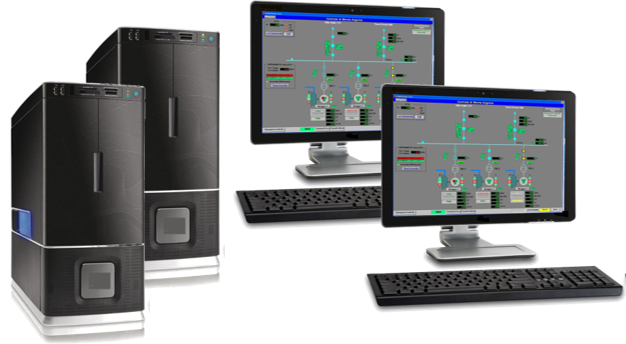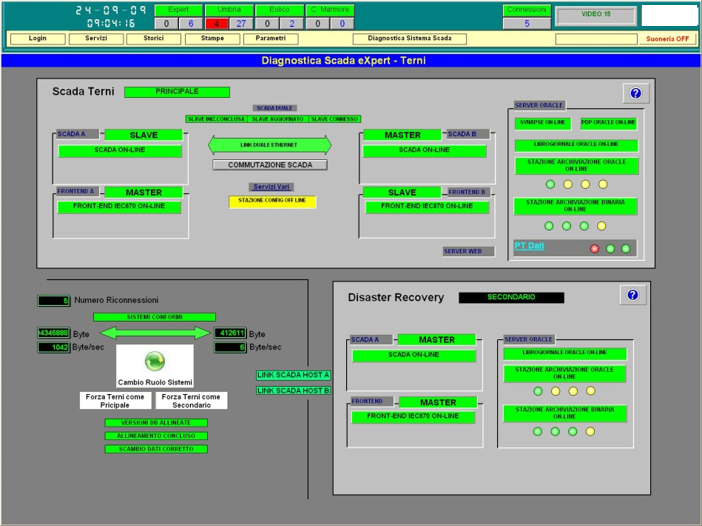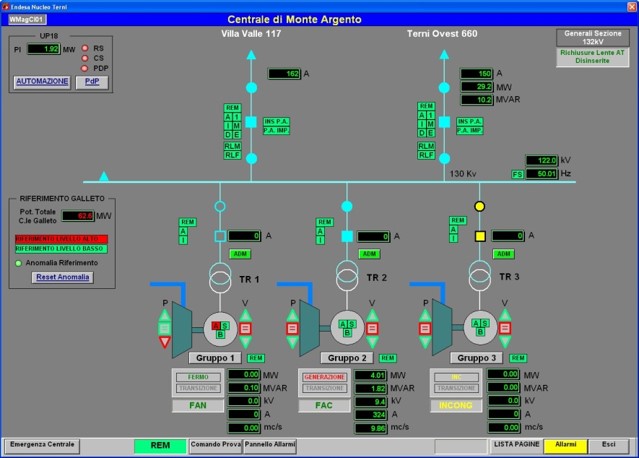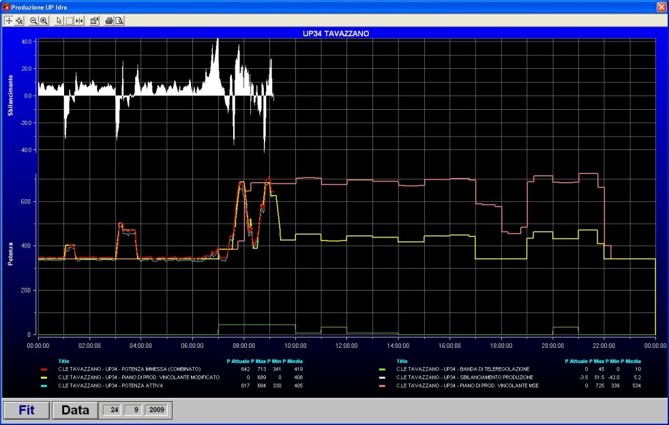Software platform for network supervision and control




SCADA solution realizes supervision, control and automation centres for networks managed by utilities, integrating all the most advanced SCADA features in a single environment. A distributed and open architecture, the possibility to choose the number of stations according to the type of application and to use processors with different technology keeping full compatibility with programs and interfaces, besides the ability to be configured according plant and man/machine interface types, makes it the ideal solution for geographically distributed networks.
SCADA solution is a sophisticated supervision tool, which is able not only to easily transfer, process and store information, but also to create automatic procedures, to develop specific application functionalities, and to integrate itself with the corporate information networks or with Internet or intranet
SCADA solution is a scalable platform allowing to carry out supervision and remote control systems for small, medium and large networks, guaranteeing the complete compatibility with peripheral remote control equipment developed by SELTA and by other manufacturers. Furthermore, flexibility and modularity allow to create customized solutions, realizing supervision centres with multiple man-machine stations, multiple graphical monitors for each of them, and with more independent printers.

